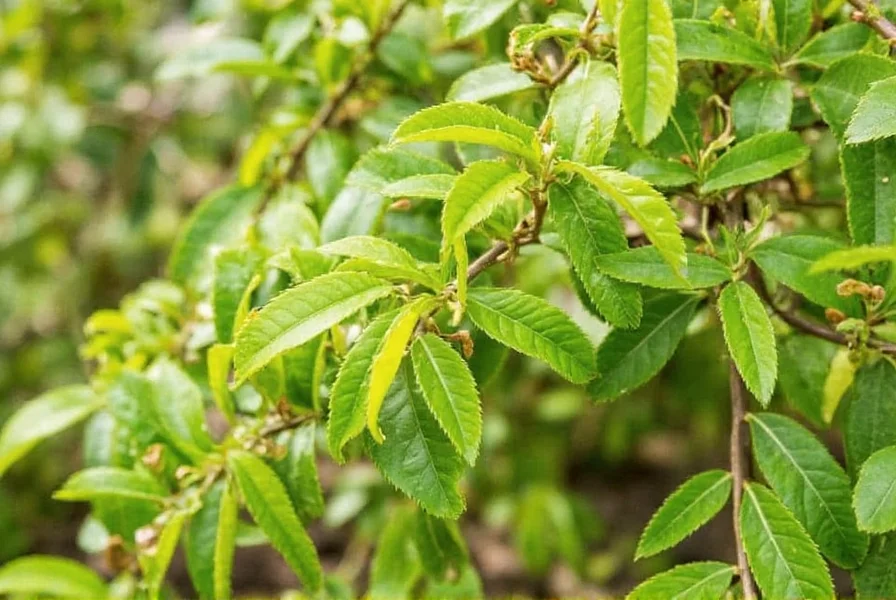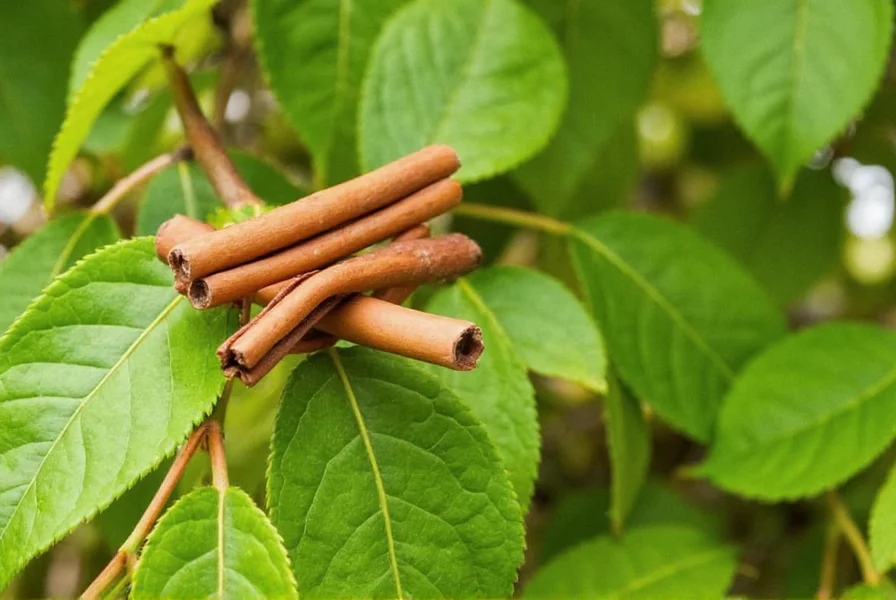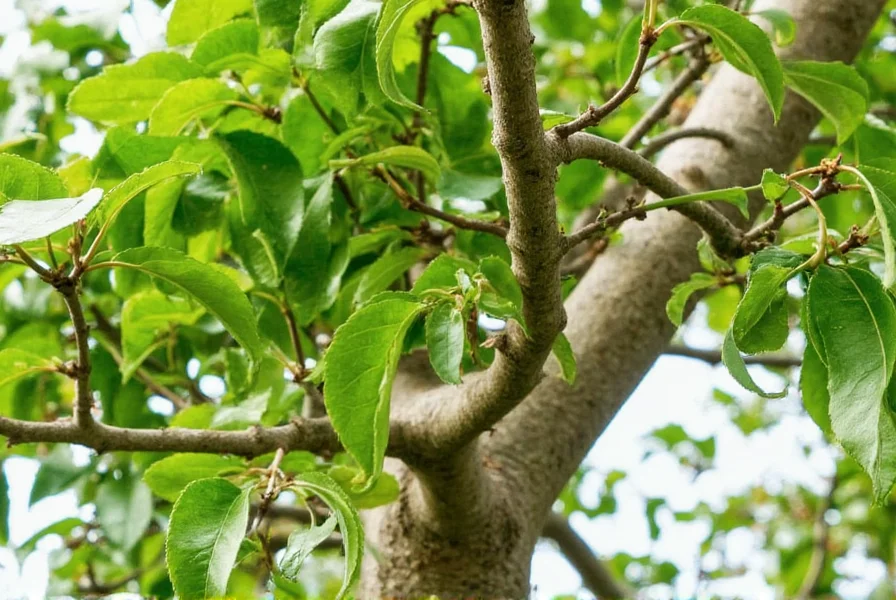Understanding proper cinnamon tree care is crucial whether you're growing this aromatic plant indoors as a houseplant or cultivating it in a suitable outdoor climate. Native to Sri Lanka, cinnamon trees thrive in tropical conditions but can adapt to various environments with appropriate attention to their specific needs. This comprehensive guide provides evidence-based practices for maintaining healthy cinnamon trees throughout their lifecycle.
Essential Growing Conditions for Cinnamon Trees
Cinnamon trees require specific environmental conditions to flourish. The ideal cinnamon tree watering requirements involve keeping the soil consistently moist but never soggy. During the growing season (spring through summer), water when the top inch of soil feels dry. Reduce watering frequency in winter when growth slows. Overwatering is one of the most common mistakes in indoor cinnamon tree care tips, often leading to root rot.
Temperature plays a critical role in cinnamon tree winter care. These plants cannot tolerate temperatures below 50°F (10°C) for extended periods. If growing outdoors in USDA zones 9-11, provide protection during unexpected cold snaps. Indoor plants should be kept away from drafty windows and heating vents that create temperature fluctuations.

Soil and Potting Requirements
The best soil for cinnamon trees is a well-draining, slightly acidic mix with good organic content. A blend of two parts potting soil, one part perlite, and one part compost creates an ideal growing medium. When repotting, choose containers with adequate drainage holes and only move to pots one size larger than the current container.
For outdoor planting in suitable climates, amend native soil with organic matter to improve drainage. Cinnamon trees cannot tolerate heavy clay soils that retain too much moisture. The proper soil composition directly affects cinnamon tree fertilizer requirements, as nutrient availability depends on soil structure and pH.
Fertilization Schedule for Optimal Growth
During the active growing season (March through September), feed your cinnamon tree with a balanced, water-soluble fertilizer diluted to half strength every four weeks. A 10-10-10 or 14-14-14 formula works well for cinnamon tree care. Reduce feeding to once every eight weeks during fall and winter when growth naturally slows.
Organic alternatives like compost tea or fish emulsion provide gentle nutrition that supports healthy growth without the risk of chemical burn. Proper fertilization directly influences how fast do cinnamon trees grow in home environments, with well-nourished plants potentially adding 12-24 inches of growth annually under ideal conditions.
Pruning Techniques and Timing
Regular pruning maintains shape, encourages bushier growth, and removes dead or diseased branches. The best time for cinnamon tree pruning techniques is early spring before new growth begins. Use clean, sharp pruning shears and make cuts just above a leaf node at a 45-degree angle.
For spice production, commercial growers practice coppicing (cutting stems close to the ground) to encourage multiple shoots that produce the highest quality bark. Home growers can adapt this technique by selectively pruning older stems to stimulate new growth. Always remove crossing branches and any growth that appears weak or diseased.
| Season | Watering Frequency | Fertilization | Special Care Notes |
|---|---|---|---|
| Spring | When top inch of soil dries | Every 4 weeks | Begin pruning; watch for new growth |
| Summer | 2-3 times weekly | Every 4 weeks | Mist leaves for humidity; protect from intense afternoon sun |
| Fall | When top 2 inches dry | Every 8 weeks | Prepare for reduced growth; check for pests before bringing indoors |
| Winter | When soil feels dry 2 inches down | Minimal or none | Avoid cold drafts; reduce watering significantly |
Propagation Methods for Cinnamon Trees
Learning growing cinnamon tree from seed techniques allows you to expand your collection. Fresh seeds have the highest germination rate. Soak seeds in warm water for 24 hours before planting in a moist seed starting mix. Keep at 75-85°F (24-29°C) with high humidity until germination, which typically occurs in 2-6 weeks.
Stem cuttings provide a faster method for cinnamon tree propagation. Take 4-6 inch cuttings from semi-hardwood stems in spring or summer. Remove lower leaves, dip in rooting hormone, and plant in a moist perlite-sand mixture. Maintain high humidity with a plastic cover and warmth (75-80°F) until roots develop, usually in 6-8 weeks.
Common Pests and Diseases
Regular inspection helps identify issues early in cinnamon tree care. Spider mites, mealybugs, and scale insects are common pests, especially on indoor plants. Treat infestations with insecticidal soap or neem oil applications. For severe cases, systemic insecticides may be necessary.
Cinnamon tree pests and diseases also include fungal issues like root rot (from overwatering) and leaf spot. Prevent these problems by ensuring proper air circulation, avoiding overhead watering, and using sterilized tools when pruning. If leaf yellowing occurs, check your cinnamon tree watering requirements as this often indicates moisture stress.
Harvesting Cinnamon Bark
For those interested in harvesting actual cinnamon spice, understanding cinnamon tree harvesting techniques is essential. Trees must be at least two years old before harvesting. Cut mature stems (about 2-3 years old) close to the ground, then remove the outer bark and scrape the inner bark to reveal the cinnamon layer.
After harvesting, the inner bark curls as it dries, forming the familiar cinnamon sticks (quills). This process requires patience and precision to produce high-quality spice. Note that home-harvested cinnamon may differ in flavor from commercial varieties due to processing differences.
Troubleshooting Common Problems
Yellowing leaves often indicate overwatering or poor drainage in cinnamon tree care. Adjust your watering schedule and check soil drainage. Brown leaf tips typically signal low humidity or inconsistent watering. Increase humidity through misting or a pebble tray, and maintain consistent moisture levels.
Slow growth may result from insufficient light, inadequate nutrients, or being root-bound. Evaluate your cinnamon tree fertilizer requirements and ensure your plant receives bright, indirect light for 6-8 hours daily. If the plant has outgrown its container, repotting may be necessary to stimulate new growth.

Frequently Asked Questions About Cinnamon Tree Care
- How often should I water my cinnamon tree?
Water your cinnamon tree when the top inch of soil feels dry during the growing season. In summer, this may mean watering 2-3 times weekly, while in winter you might only need to water when the soil feels dry 2 inches down. Always ensure proper drainage to prevent root rot, which is one of the most common issues in cinnamon tree care. - Can cinnamon trees grow indoors successfully?
Yes, cinnamon trees can thrive indoors with proper care. They need bright, indirect light (6-8 hours daily), consistent moisture without waterlogging, temperatures between 65-85°F (18-29°C), and humidity levels above 50%. Regular misting or using a humidifier helps maintain adequate humidity. Rotate the plant periodically for even growth, and ensure containers have excellent drainage. - When is the best time to prune a cinnamon tree?
The optimal time for cinnamon tree pruning is early spring before new growth begins. This timing allows the plant to recover quickly during the active growing season. Remove dead or diseased branches as soon as you notice them, regardless of season. For spice production, commercial growers practice coppicing in the tree's second or third year to encourage multiple shoots that produce the highest quality bark. - How long does it take for a cinnamon tree to produce harvestable bark?
Cinnamon trees typically need to grow for 2-3 years before they're mature enough for bark harvesting. The highest quality cinnamon comes from stems that are about 2-3 years old. After harvesting, the inner bark is carefully removed and dried, where it naturally curls into the familiar cinnamon sticks (quills). Note that home-harvested cinnamon may differ in flavor intensity from commercially processed varieties.











 浙公网安备
33010002000092号
浙公网安备
33010002000092号 浙B2-20120091-4
浙B2-20120091-4